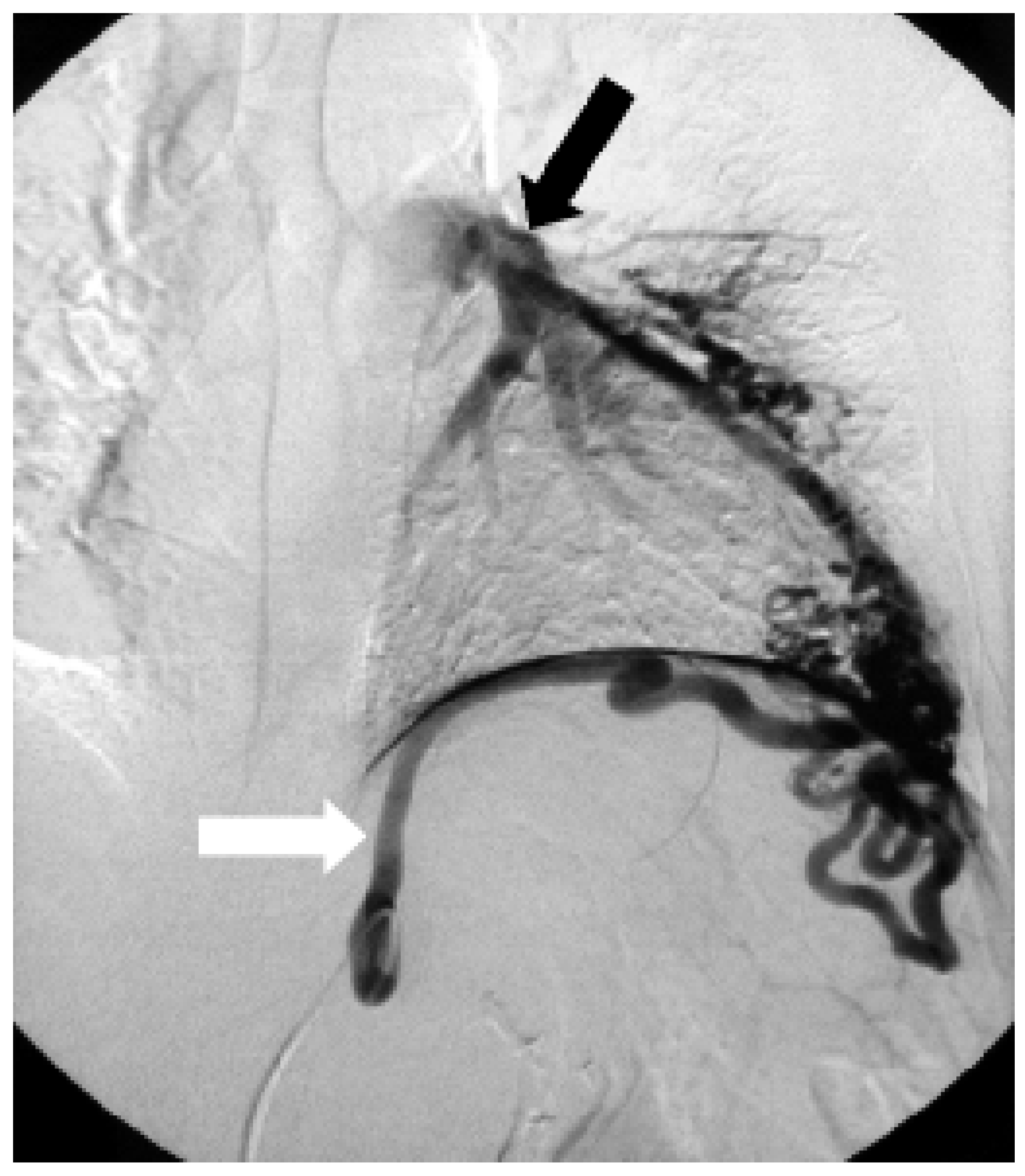Investigating a Continuous Heart Murmur

© 2006 by the author. Attribution - Non-Commercial - NoDerivatives 4.0.
Share and Cite
Roethlisberger, C.; Braunschweig, M. Investigating a Continuous Heart Murmur. Cardiovasc. Med. 2006, 9, 39. https://doi.org/10.4414/cvm.2006.01147
Roethlisberger C, Braunschweig M. Investigating a Continuous Heart Murmur. Cardiovascular Medicine. 2006; 9(1):39. https://doi.org/10.4414/cvm.2006.01147
Chicago/Turabian StyleRoethlisberger, C., and M. Braunschweig. 2006. "Investigating a Continuous Heart Murmur" Cardiovascular Medicine 9, no. 1: 39. https://doi.org/10.4414/cvm.2006.01147
APA StyleRoethlisberger, C., & Braunschweig, M. (2006). Investigating a Continuous Heart Murmur. Cardiovascular Medicine, 9(1), 39. https://doi.org/10.4414/cvm.2006.01147



